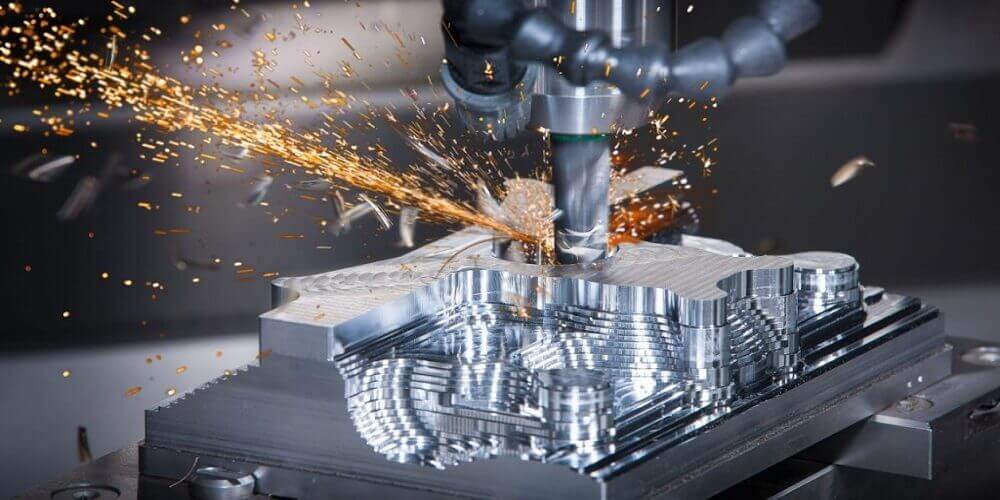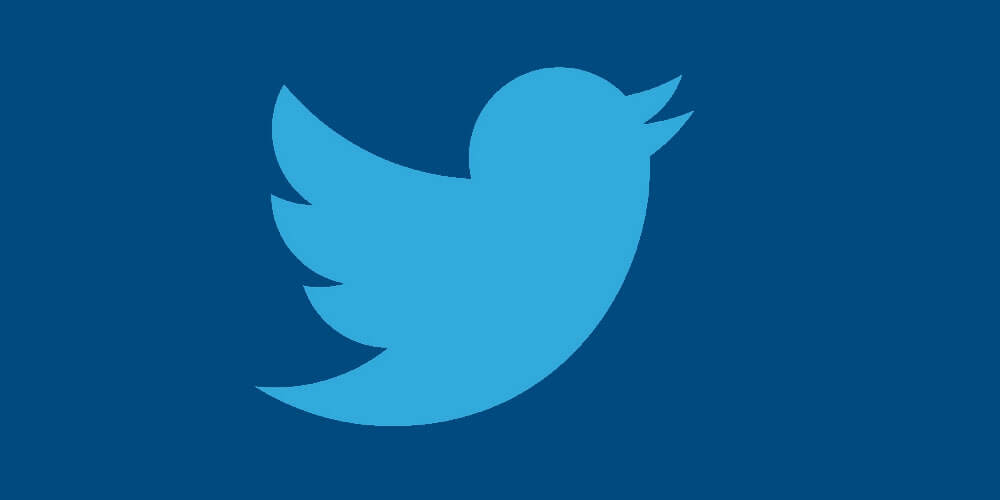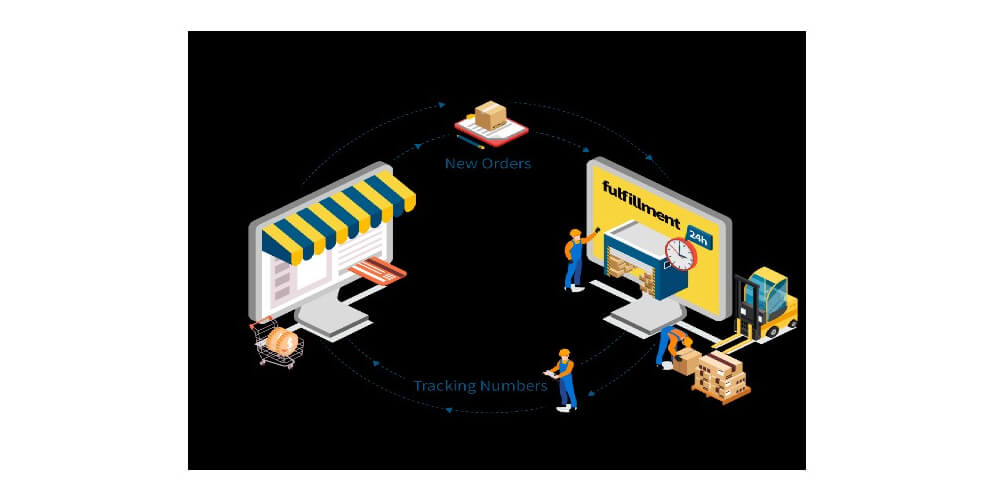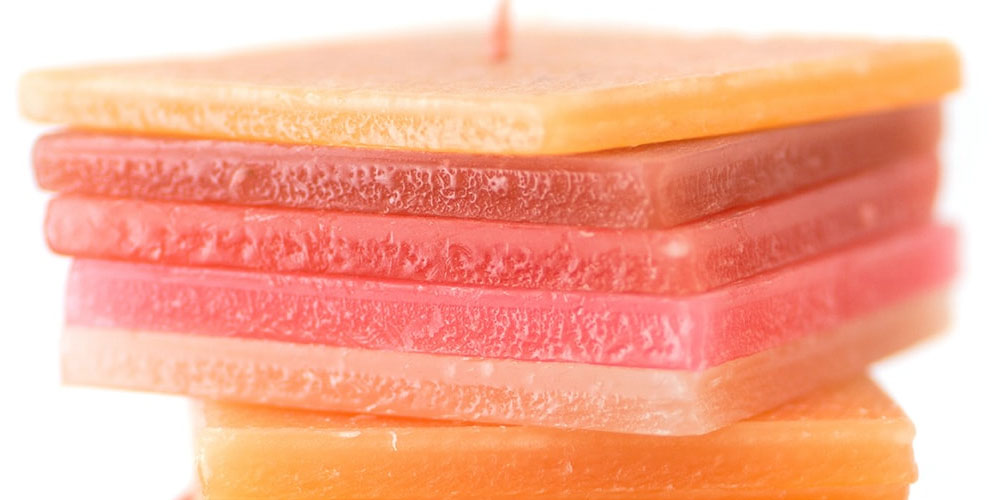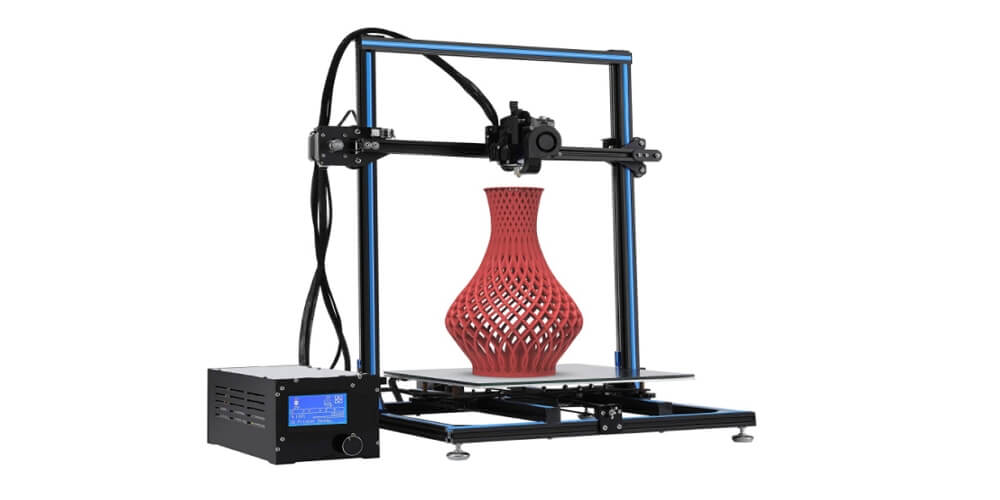TikTok is the online home of fun and entertainment, so it comes as no surprise that it has become the favorite past time for people, especially young adults between the ages of 18 to 35. It hosts over 800 million monthly users, so if you’re new to the TikTok family (congratulations are in order, by the way), it’s okay to be looking for ways to reach your first 1000 followers on the platform amid never-ending content.
Despite being a fun and entertaining platform, TikTok isn’t a walk in the park just like many other platforms. You have to be very strategic and consistent if you want to reach your first 1000 followers. Luckily, once you create a consistent routine, getting followers won’t be that difficult.
Let’s find out more, shall we?
How to get your first 1000 followers on TikTok
1. Be very consistent to increase your followers
If you don’t plan to be consistent, then don’t bother joining TikTok. As mentioned earlier, it is home to over 800 million people from around the world, so there are billions of videos streamed on the platform monthly. If you don’t create a consistent routine in pushing your content out there, how are you going to carve out your space? How will you convey your brand message? How will you get followers?
Consistency is key, not just on TikTok but on all social media platforms is key. It keeps your followers glued to your page, wanting more.
2. Know your target audience
Because this is a diverse and inclusive social media platform, you have to know your target audience. You can’t possibly have 800 million followers on the platform, but once you know your audience, there are enough to create a large following.
Knowing your target audience helps you to streamline your content because not all groups of people will like what you do. Once you identify it, it’s easier to adapt your content to suit their likes.
3. Maximize hashtags
Hashtags are blessings that a lot of people looking for virality on the platform have taken notice of. You have to maximize hashtags if you want your content to trend. Now, you may be wondering, “there are so many hashtags on the platform. Which should I use?”
The first key is to use hashtags that your ideal followers (target audience) are using. This gives you an idea of the kind of content they’re looking for. Secondly, look for hashtags related to your niche and search for the high-volume ones. This gives your video higher chances of ranking on the recommendation page.
4. Be very responsive
Since TikTok users are of a younger demographic, they usually have a lot of time on their hands and they often follow brands or pages with a human appeal. So, you have to be very responsive. Respond to their comments and questions. Collaborate with those who seek collaboration. Also, reach out to people with large followings for video collaboration.
All these help to boost followers greatly.

